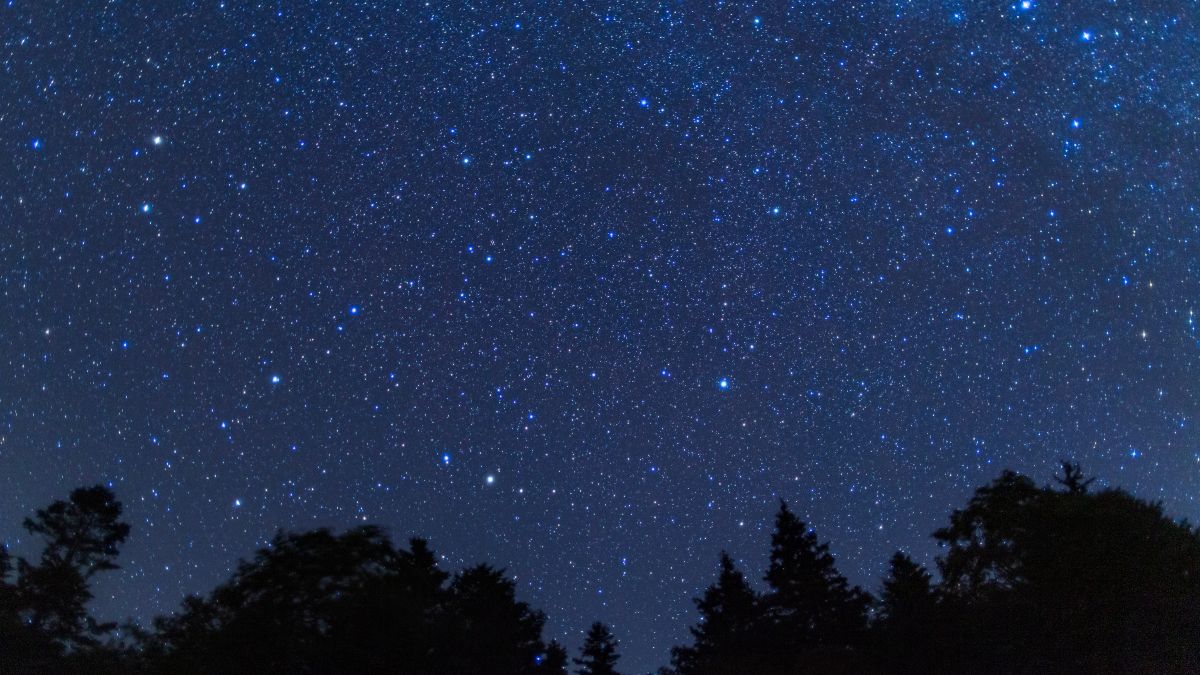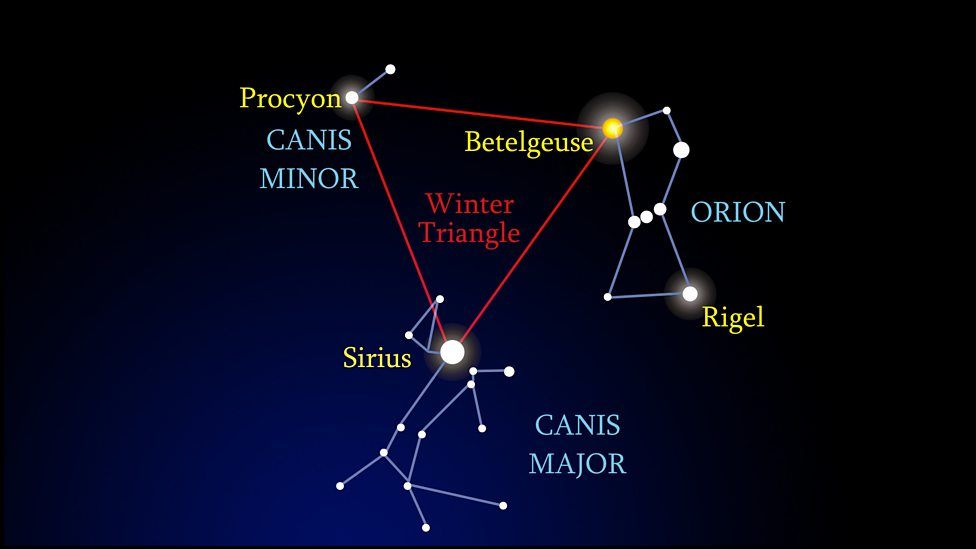Key Takeaways
- The Orionid meteor shower, caused by debris from Halley’s Comet, peaks on the night of October 21, 2024.
- The spectacle is visible in both hemispheres until November 7, though the moon might hamper your view.
- Unpolluted skies, stargazing apps, and a sturdy tripod are key to photographing the phenomenon.
The Orionid meteor shower is known for being one of the few astronomical displays that can be seen reliably in both hemispheres, offering bright, fast meteors with long-lasting trains. Let’s look at what the Orionid meteor shower is, how you can see it, and how to capture it on camera.
What and Where Is the Orionid Meteor Shower?
The Orionid meteor shower is caused by small pieces of debris falling from and trailing behind Halley’s Comet (also known as 1P/Halley) as it nears the sun. Given that we’re not expecting to next see the comet itself until 2061, its associated meteor shower is a nice reminder of its existence.
Even though Halley’s Comet is believed to have been discovered in 239 BC by Chinese astronomers, it was English astronomer and mathematician Edmond Halley, who first recognized it as a periodic occurrence. As a result, he was awarded the honor of having the phenomenon named after him.
As the Earth passes through Halley’s Comet’s solar orbit, the trailing debris collides with our atmosphere at around 148,000 miles per hour to create a stunning meteor display. It’s called the Orionid meteor shower because the shoots of light appear to originate near the Orion constellation, but, in fact, the shower has nothing to do with Orion other than this apparent positional coherence.
Even though our planet only passes through Halley’s trail once a year, we’re treated to this spectacular meteor shower for over a month. In fact, it’s already underway, lasting from October 2 to November 7, peaking on the night of October 21-22. The Orion constellation is visible in the southwestern sky if you’re looking from the Northern Hemisphere and in the northwestern sky if you’re in the Southern Hemisphere.
How to Watch the Orionid Meteor Shower
To find the Orion constellation, which is said to represent the form of an egg timer, first look for the brightest star in the night sky, Sirius. Once you’ve identified Sirius, look out for Procyon (the eighth-brightest star) and Betelgeuse (the tenth-brightest star). These three stars together form the Winter Triangle, and Betelgeuse is the upper-left star of the Orion constellation from a Northern-Hemisphere perspective (or the lower-right star if you’re in the Southern Hemisphere). Orion is very easy to spot once you’re looking in the right direction—the three central stars, known collectively as Orion’s Belt, are one of its distinguishing features. If you have a very dark sky or a pair of binoculars, you might be lucky enough to see the Orion Nebula (M42), which sits alongside Orion’s Belt.
There are many stargazing apps you can use to help you locate phenomena in the sky. SkySafari is useful because you can type the name of the constellation or star you’re searching for, and it’ll help you center the object. However, don’t worry about focusing your gaze solely on Orion for the Orionid meteor shower—you’ll see the shooting trails of light all over the night sky.
The best time to see the Orionid meteor shower is between midnight on October 21 and dawn on October 22. You’ll have much more of a chance of seeing the display if you have a dark sky away from city lights (use a light pollution map to help you with this) and a wide field of view.
The beauty of meteor showers is that you don’t need any special equipment to see them. Once you’ve located a safe spot, set a blanket on the ground and simply look upwards. Once your eyes have adjusted to the darkness, lie back and enjoy the spectacle. If you’re lucky and have favorable conditions, you could see up to 25 meteors an hour.
Natural Obstacles
Unfortunately, even if you get away from the city, you will have to contend with some natural light pollution, whether you’re in the Northern or Southern Hemisphere. Indeed, with the moon in its full phase on October 17, it’ll be in its waning crescent phase on the night of October 21:
|
Location |
Moonrise on October 21 |
Illumination |
|---|---|---|
|
Illinois, USA |
21:21 |
79.5% |
|
London, England |
19:55 |
81.8% |
|
Sydney, Australia |
23:53 |
85.5% |
Even though the sky mightn’t be as dark as you’d like, you’ll still benefit from blocking any moonlight from shining directly on you.
Another natural obstacle to shooting star success is something you can’t control and the biggest thorn in any stargazer’s side—clouds. However, since the peak of the Orionid meteor shower is not during the winter in either hemisphere, we can remain hopeful for a good chance of an enjoyable night. Nevertheless, even if you do get undesirable weather during the peak, you’ll catch some shooting stars at some point between October 2 and November 7 if you find the right conditions.
How to Photograph the Orionid Meteor Shower
Just witnessing the Orionid meteor shower should be enough to wow you, but photographing a streak of dust burning up in our atmosphere can add an extra bit of joy to this addictive hobby. The first thing you’ll need is a sturdy tripod. For the best chance to catch a shooting star, you’ll need to set your phone’s camera to a long exposure and keep it very still. You’ll also benefit from adjusting some of your phone’s settings to get the best shot of the night sky.
Going back to the earlier point about dark skies, the same applies to astrophotography. If you’re near any artificial lights, they will flood your camera lens and severely disrupt your shot. If you can, also try to block off any direct light coming from the moon.
NightCap is a great cheap app for capturing moving objects in the sky if you use an iPhone. Along with options for capturing the International Space Station and star trails, there’s a Meteor Mode, which automatically detects any sudden, bright movements of light in the sky and saves them in your gallery.
While similar apps are also available for Android phones, increasing the exposure time in your camera’s night mode (and, if possible, setting a five-second shutter timer or using a shutter-release cable so you don’t accidentally wobble your shot) will almost certainly do the trick if you shoot enough pics.
You should also turn down the brightness on your phone’s screen. Otherwise, your eyes will take time to adjust when you look back up at the sky. Above all, whether you’re out to watch or photograph the Orionid meteor shower, check the weather forecast, set aside plenty of time, experiment, and enjoy!

How to Take Photos of Space With Your Phone
Use your phone to capture The Final Frontier.

